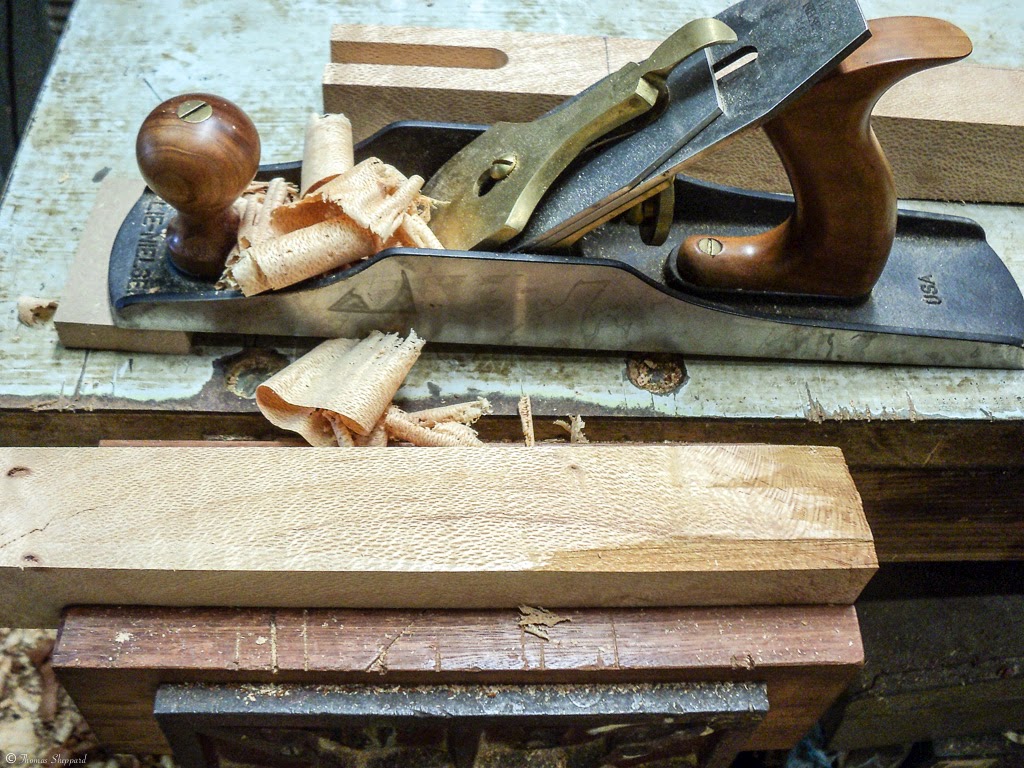It was an obscure trademark and unclear forging stamp that had him puzzling.
Here is the original correspondence:
Chisel Hallmark:
LION IS PRESENT ON EACH SIDE OF THIS TRADEMARK, LIKELY EUROPEAN
LOOKS LIKE
ACIBR FONDU
ANY IDEAS?
I had seen the logo before, as I have a plane blade manufactured by the same company, but the language was near indecipherable.
Here is the follow up picture:
The logo should be familiar to any motoring enthusiast.
It is this one:
https://blogger.googleusercontent.com/img/b/R29vZ2xl/AVvXsEh4eGGMawO9CiLNMAFuyxL5yET-jaAAlPizdRymZyE2caZL8_l2cHYJuO5mwlgahCnYb-_XsEX7r2GLbcYMVrvtCe2p8R9ZhGJcTN0RJjacxOulLKwFXrSYDKuZO7-P128MCjsTFU9uzdg/s1600/peugeot09.jpg
Yes, the same company that makes these beautiful cars has been in existence for over 200 years as a steel maker. It has had steel foundries in France since 1810.
Yes, the same company that makes these beautiful cars has been in existence for over 200 years as a steel maker. It has had steel foundries in France since 1810.
Here are its historical logos with dating.
As for the inscription on the chisel -
Even though it is quite worn, it reads:
PEUGEOT FRÈRES
ACIER FONDU
Which in English reads:
Peugeot Brothers
Cast (literally - molten) Steel
Now these steel products are not common across the Commonwealth of Australia, but are certainly the equivalent of some of the English and US tools of the same period.
My friend should be very happy with his find, as it will give many years of satisfying service - and as a bonus is a link to toolmaking history after the Industrial Revolution.
Happy shavings my friend









































